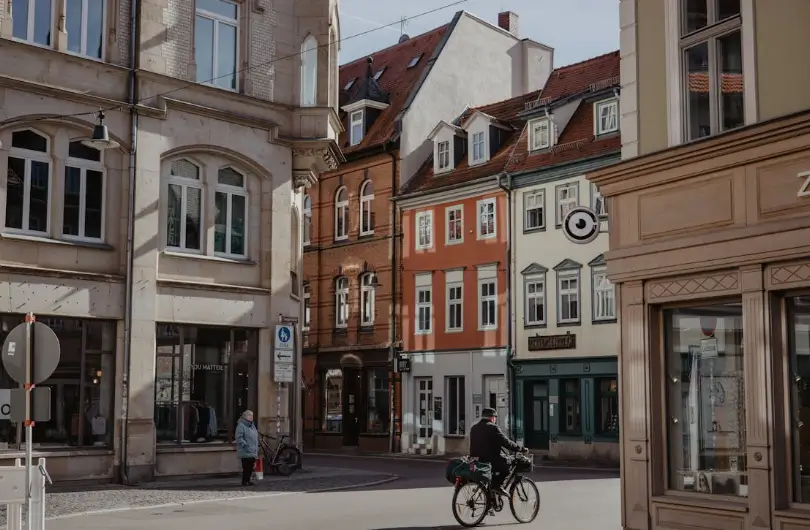Why Everyone Hates Zoning
Zoning is like the villain in your story. You’re just trying to build something, fix something, or live your life when suddenly, you're buried under rules you didn’t write, terms you don’t understand, and restrictions that are...well... dumb. It feels like the system is rigged, almost like it was built to turn whatever it is you want to do into a slow-moving nightmare.
And too often, it is.
Zoning. It shows up when a small business owner can’t open a shop in their own neighborhood. It shows up when a family can’t add an in-law suite for their aging parent. It shows up when someone’s dream of owning a home gets shut down because duplexes aren’t allowed on their block (even though there’s a housing shortage).
Zoning may seem like simple lines on a map, but it really isn't.
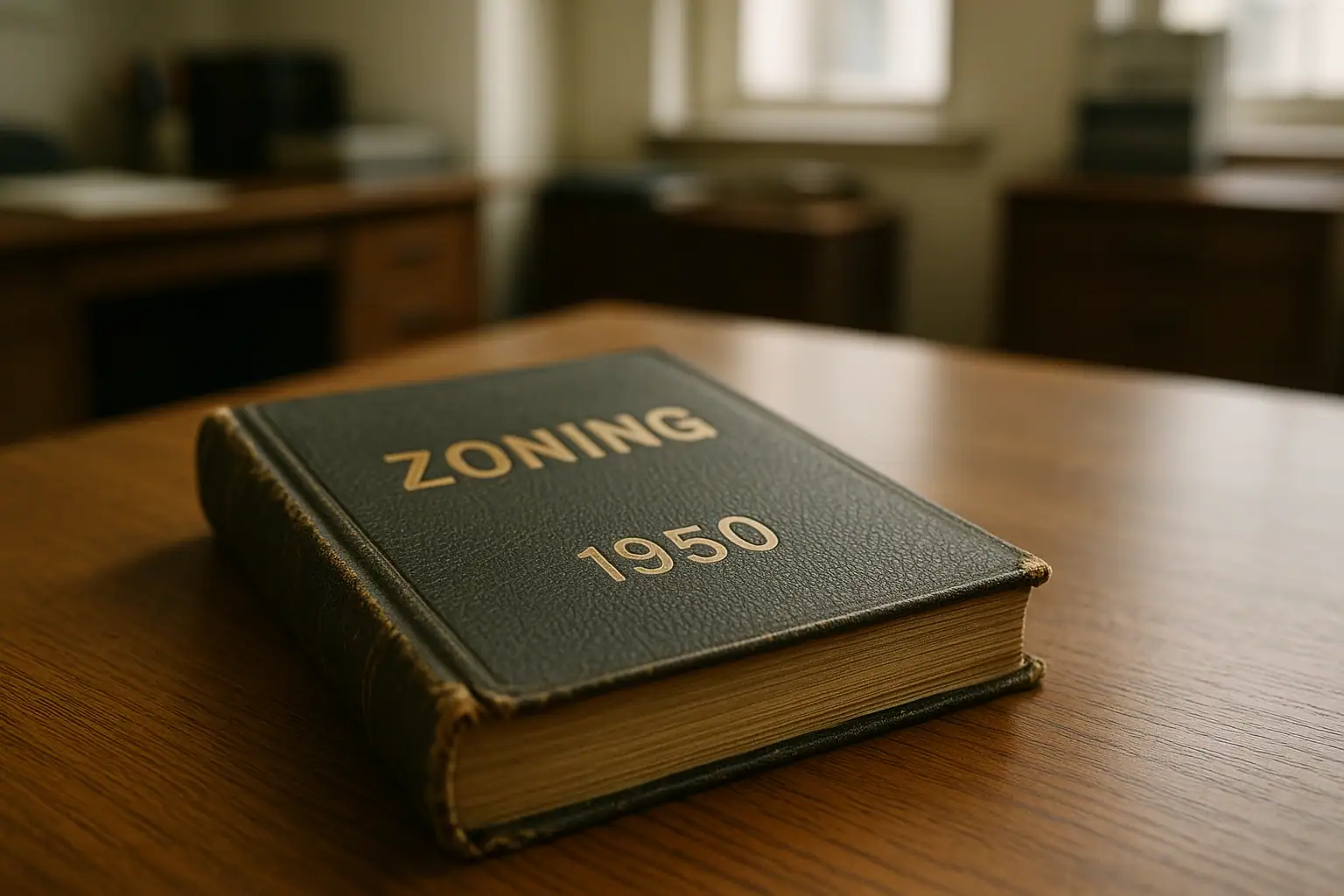
It’s how power and permission get handed out. And for a lot of people, it feels like they’re on the outside of that conversation.
This post isn’t a takedown. It’s a reality check.
And maybe, just maybe, a path forward.
Because zoning doesn’t have to be this confusing, this rigid, or this unfair. But to change it, we have to understand what it is, why people hate it, and how we can do it better.
So… Why Do People Hate Zoning?
1. It’s Confusing...on Purpose
Most zoning codes aren’t written for the people who actually live in the community. They’re full of legal jargon, abbreviations, references to obscure ordinances and/or other policies, and endless confusing tables with footnotes. If you’ve ever tried to figure out what you’re “allowed” to do with your own property and ended up more lost than when you started, you’re not alone.
That confusion keeps people from engaging.
And sometimes, that’s the point.

2. It Feels Arbitrary
Why is a coffee shop allowed on this side of the street but not that one? Why can’t your neighbor convert their garage into a small apartment? Why are tiny homes considered illegal in some places?
Because... zoning.
Zoning decisions often don’t make sense from the outside, and sometimes, they don’t make sense on the inside either. They can reflect old ways of thinking, political deals, or rules written in a different era for a different purpose. And when there’s no clear rationale behind them, people stop trusting the system.
3. It’s Been Used to Exclude
This is the part where zoning stops being annoying and starts being dangerous. Because zoning doesn't just confuse people or stall progress, it has a deeply rooted history of harm.
From the start, zoning was used as a tool to exclude. It carved out who could live where, and who couldn’t. It was used to keep low-income families at the margins, to separate neighborhoods by race and class, and to block the construction of affordable housing where it was most needed. Single-family-only zoning wasn’t some neutral planning choice, it was intentionally designed and strategically used to keep certain people out.
And people still remember.
Families still remember.
And while the language may have softened over time, those exclusionary patterns are still baked into our cities today.
We can’t fix zoning unless we face that painful history head-on. We have to name it. We have to own it. Only then can we start building something better.
4. It’s a Barrier to Real Solutions
We’re dealing with some big challenges, housing is too expensive, the climate is changing, and our transportation systems aren't working for everyone. But here’s the kicker: a lot of zoning codes are still acting like it’s 1955. And I promise you, that’s not even an exaggeration.
These codes were written in a totally different era, and instead of changing with the times, many of them just got more rigid. Instead of helping us solve today’s problems, they’re getting in the way.
.webp)
Want to build a neighborhood where people can walk to a coffee shop or grocery store? Good luck. Mixed-use development is often banned. Higher-density housing near a bus stop or train station? Still a battle in most places. Parking requirements, building setbacks, use restrictions, there’s a long list of outdated rules that say "no" to things that actually make communities better.
It's like trying to update your phone using instructions for a typewriter. The rules are old, clunky, and completely out of touch. Some cities still require massive parking lots even when the place is walkable...like, why? Others don’t allow small neighborhood stores because apparently only houses belong in neighborhoods. Huge minimum lot sizes make it nearly impossible to build smaller, more affordable homes. And in way too many places, duplexes, triplexes, and ADUs are straight-up banned.
These rules don’t reflect how people live today. They reflect a version of the world imagined decades ago, when the answer to everything was "bigger, wider, more spread out."
That mindset has stuck around, even when the world has changed. And it shows up as this stubborn resistance to update anything, like the zoning code is sacred or untouchable. So instead of adapting, we end up stuck. The rules slow everything down. They confuse everyone. And they make even the simplest ideas feel impossible.
So what happens? People waste time. Cities waste money. And communities miss out. All because the zoning code is clinging to a past that doesn’t fit the present.
Even when everyone agrees on what needs to change, residents, planners, decision-makers, the process still hits a wall.
Outdated rules.
egal loopholes.
Bureaucratic red tape.
Zoning then becomes the excuse: "Well, we’d love to do that, but the code doesn’t allow it."
And when people hear that enough times, they give up. They stop believing that change is possible. They stop showing up. And the process breaks down.
But What Can We Do About It?
aaaand here comes hope.
We don’t need to throw zoning out completely. But we do need to reshape it into something more transparent, more fair, and more aligned with the world we live in now.
1. Make It Understandable
This shouldn’t be radical: people deserve to understand the rules that shape their homes and neighborhoods. That means plain language zoning codes (clarity on the difference between "may" and "shall," for example). Visual examples. Interactive maps. Fewer acronyms (a hard ask for planners... but a needed one). Clear explanations of why certain things are allowed (or not).
If people don’t understand zoning, the problem isn’t with the people, it’s with the zoning.
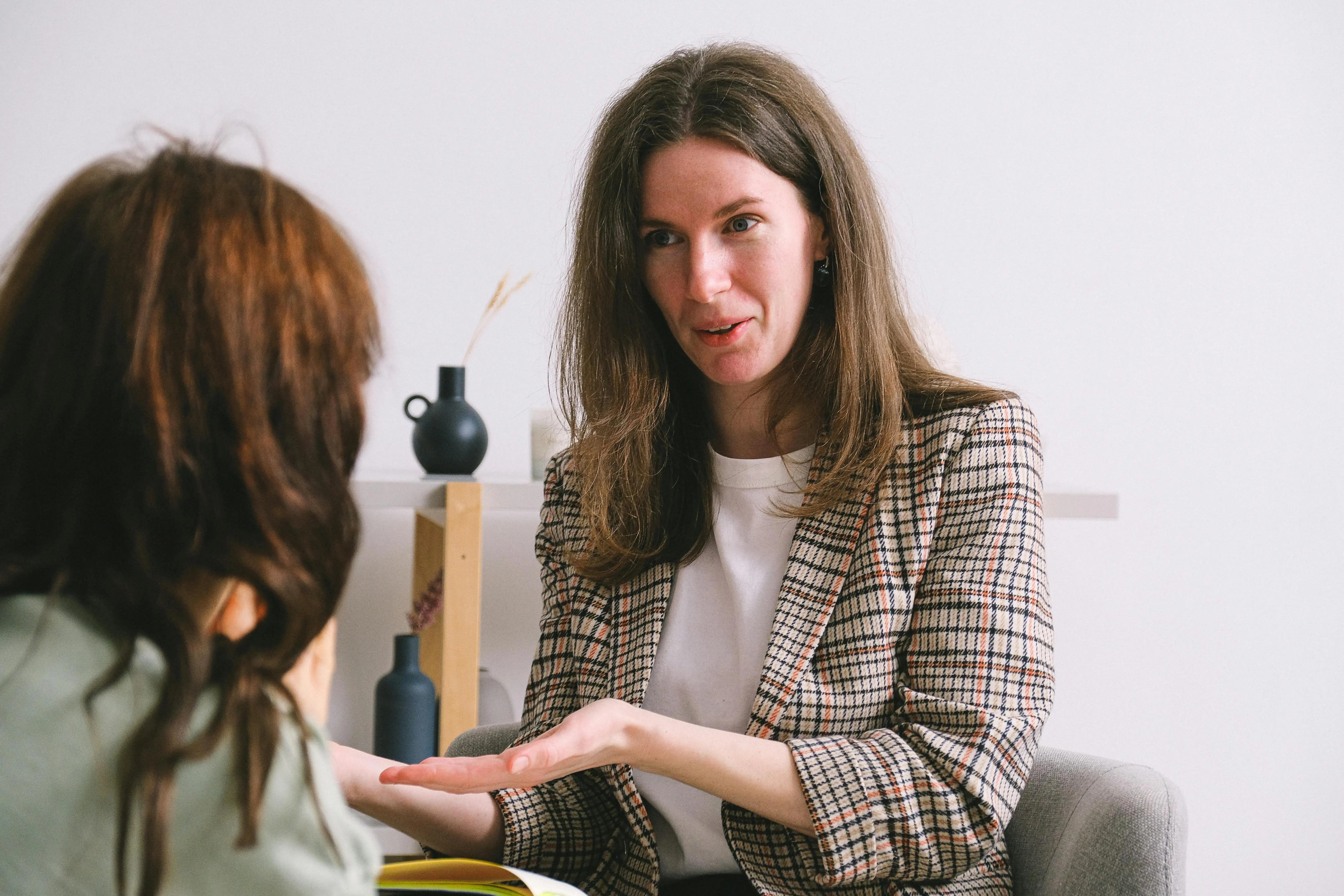
2. Make It Equitable
We need zoning that allows more people to live in more kinds of homes, in more neighborhoods. That means legalizing housing types like duplexes, triplexes, ADUs, small apartments, and mixed-use buildings.
It also means stopping the practice of hoarding the “good” zoning for wealthier areas while pushing unwanted uses into low-income neighborhoods. Zoning reform is housing justice.
3. Make It Flexible
Cities change.
Needs evolve.
Zoning has to adapt.
That means allowing for local food production, shared housing models, mobile vendors, live-work units, car-free housing, and other emerging forms of development. It also means designing zoning codes that can bend without breaking so we can innovate without needing a thousand variances.
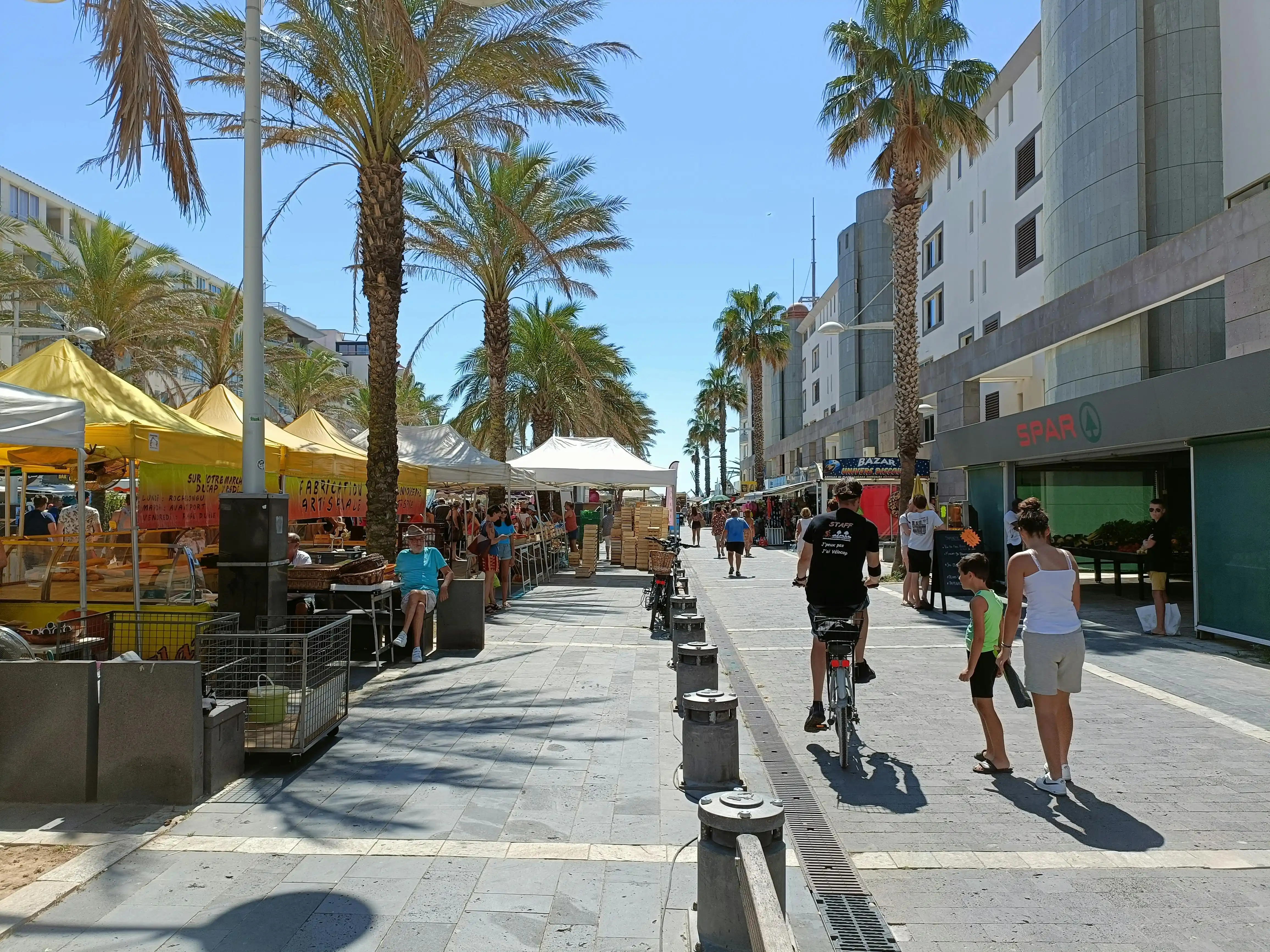
4. Make It Inclusive
Most zoning decisions happen in rooms filled with legalese, under fluorescent lights, at 6:30 PM on a Tuesday, with no child care and no translation services.
That’s not public engagement... I don't even know what that is, but it’s definitely not public engagement.
If we want zoning to serve everyone, then everyone needs to be part of the process. That includes renters. It includes non-English speakers. It includes people with jobs, kids, and lives.
It’s frustrating, and frankly infuriating, to watch the same handful of people shape entire communities just because the rules are written in a way that gives them the microphone and shuts everyone else out. Outdated zoning empowers the loudest voices, not the most representative ones.
The Bottom Line
People don’t hate zoning because they’re anti-planning. They hate zoning because they’ve experienced it as a wall, not a bridge. As something that shuts down possibility instead of opening it up.
But it doesn’t have to be that way.
Zoning is just a tool. Like any tool, it can be used well or poorly. It can reflect care, equity, and foresight, or fear, exclusion, and inertia.
It’s up to us to decide what kind of tool we want it to be.
If you’re with us. If you believe zoning should be something people can understand and influence. Stick around. Follow ZOP. Ask questions. Push back. Learn the language. Help us rewrite the rules.
Because planning shouldn’t be a mystery.
It should be a conversation.
Up next: Equity in Zoning: What Planing for People Really Looks Like
%20(1200%20x%20237%20px)%20(300%20x%2059%20px).webp)
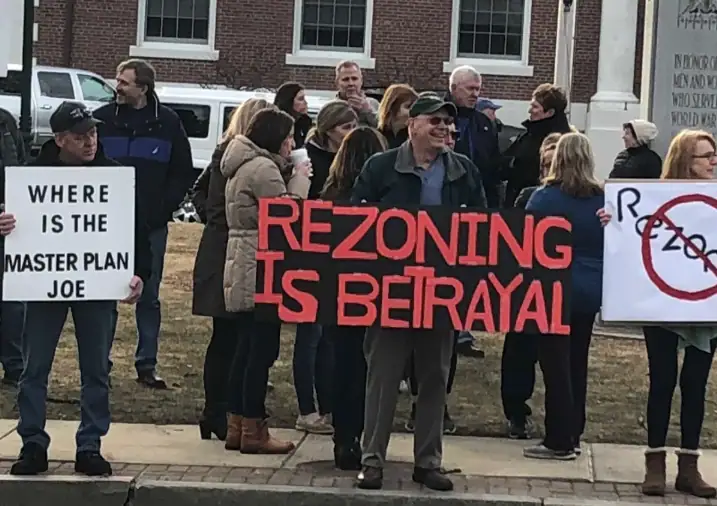
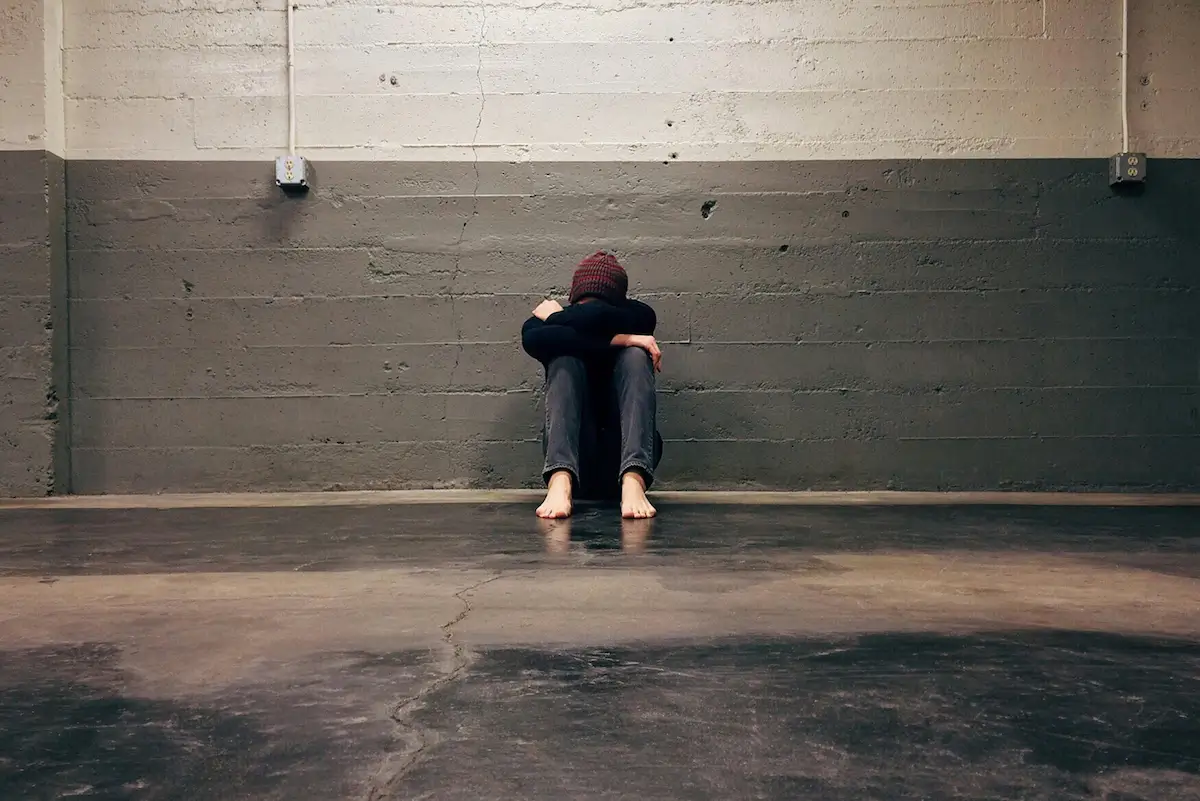
.webp)

